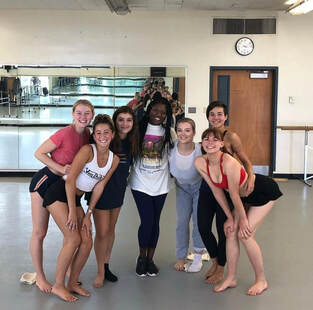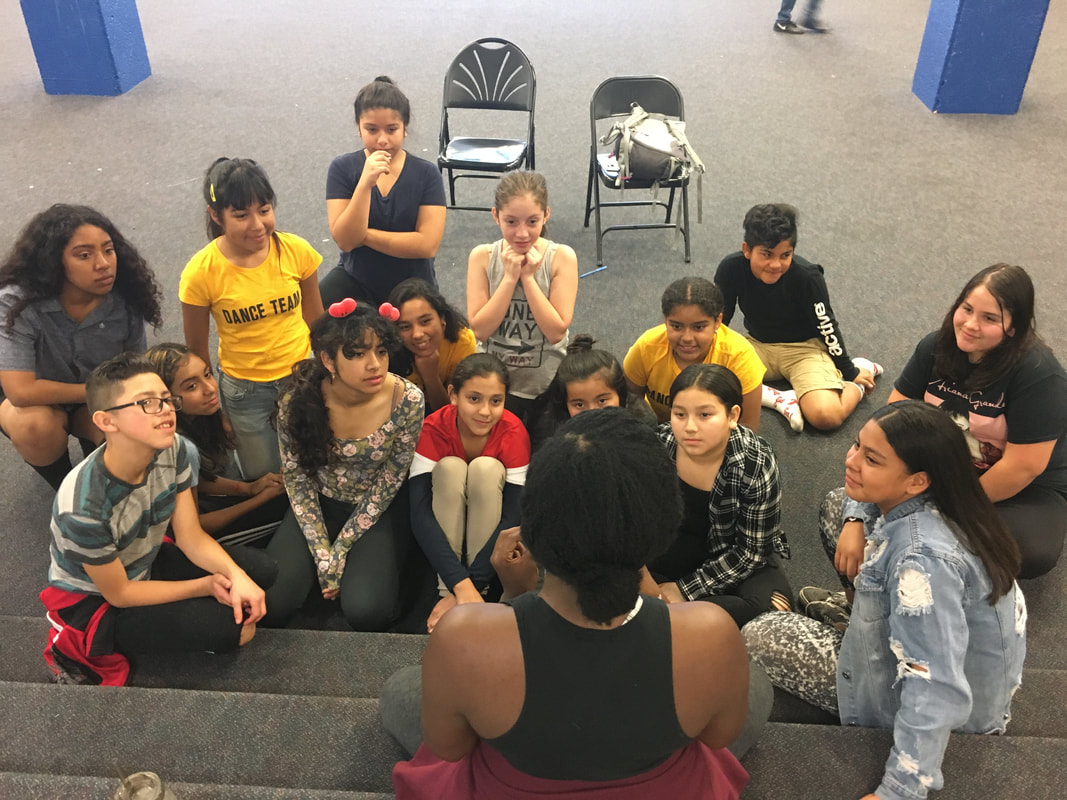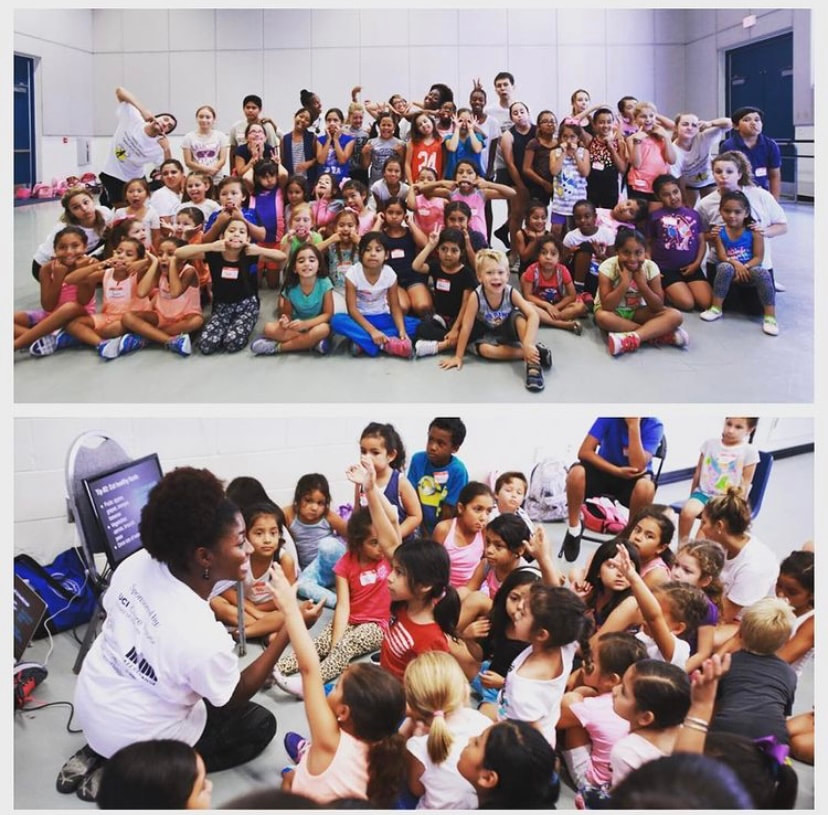TEACHING PHILOSOPHY.
|
My interest in teaching began when I was sixteen, working at my hometown studio in Solano County, California. I enjoyed watching my students progress as a part of their journey, specifically watching them develop motor skills that gave them confidence in other areas of their lives. I did not know I would continue teaching for the next twelve years. Over time, my reasons for teaching changed as I matured and grew into adulthood. The impact I desired to make was much more significant than aiding students through their physical goals. I realized that as an educator, I have the privilege of mentoring the next generation of leaders and artmakers. My growth as an educator is contingent on my communication with students, the campus community, and my openness to evolve.
As an educator, I aim to cultivate a communal space where students can learn who they are as intellectuals, artists, and community members. Students thrive in environments where process is centered over product. I’m interested in how my students arrive at their conclusions and communicate their ideas with peers. I’ve found that incorporating activities such as brainwriting and concept mapping are useful in fostering student connectedness. They can formulate their ideas while also developing interpersonal skills. I believe there are numerous entry points to creating art, and I cherish the ability to experiment and play. Our shared experiences often influence how we enter our creative union. I find joy in cultivating community to expand my teaching practice. My courses synthesize self-reflection and group analysis work to invoke critical inquiry and cross-cultural perspectives in the classroom. At the beginning of each course, I have students create a visual chart where they map out their inspirations, values, and goals before we dive into theories. This assignment helps to create discussions about the intersections of our identities and what we, as individuals, offer to the classroom community. It also guides us when examining course topics. I call students to look back at their charts when challenged by a topic or course conversation to see where their ideas may stem from. My classroom works as a flexible power system by affirming liberation and collaboration. Democracy appears in my classes in the form of decision-making. Every student plays a vital role in the progression of class content. This requires a level of accountability and responsibility from my students. It also requires us to be intuitive. Naturally, there is a sense of awareness of how our mind-body shows up in certain spaces. As a class community, we are mindful of our influence on how others experience the course. This approach to learning supports authentic participation, where students feel unbound by limitations. I know these processes require a sense of vulnerability, and I am constantly reflecting on how to replicate the transparency I request. This requires me to be adaptable to students’ needs. Our exchanges not only lead to trust in each other but also trust in the subject. My students challenge me to be a dissident intellectual and an advocate of culturally relevant pedagogy in the field of dance. As a result, I’ve committed to being culturally responsive in how I interact with students and the world around me. Much of my knowledge comes from discussions and viewings outside of institutional work. Going to an art gallery, watching a live performance, or finding solitude in nature all inform my approach to teaching. I also stay connected to changes within the field by participating in fellowships and attending workshops, film screenings, and choreography festivals. I aim to continue fostering critically engaged artists by promoting community-centered learning, cultural-historical examples, and artistic autonomy. |


